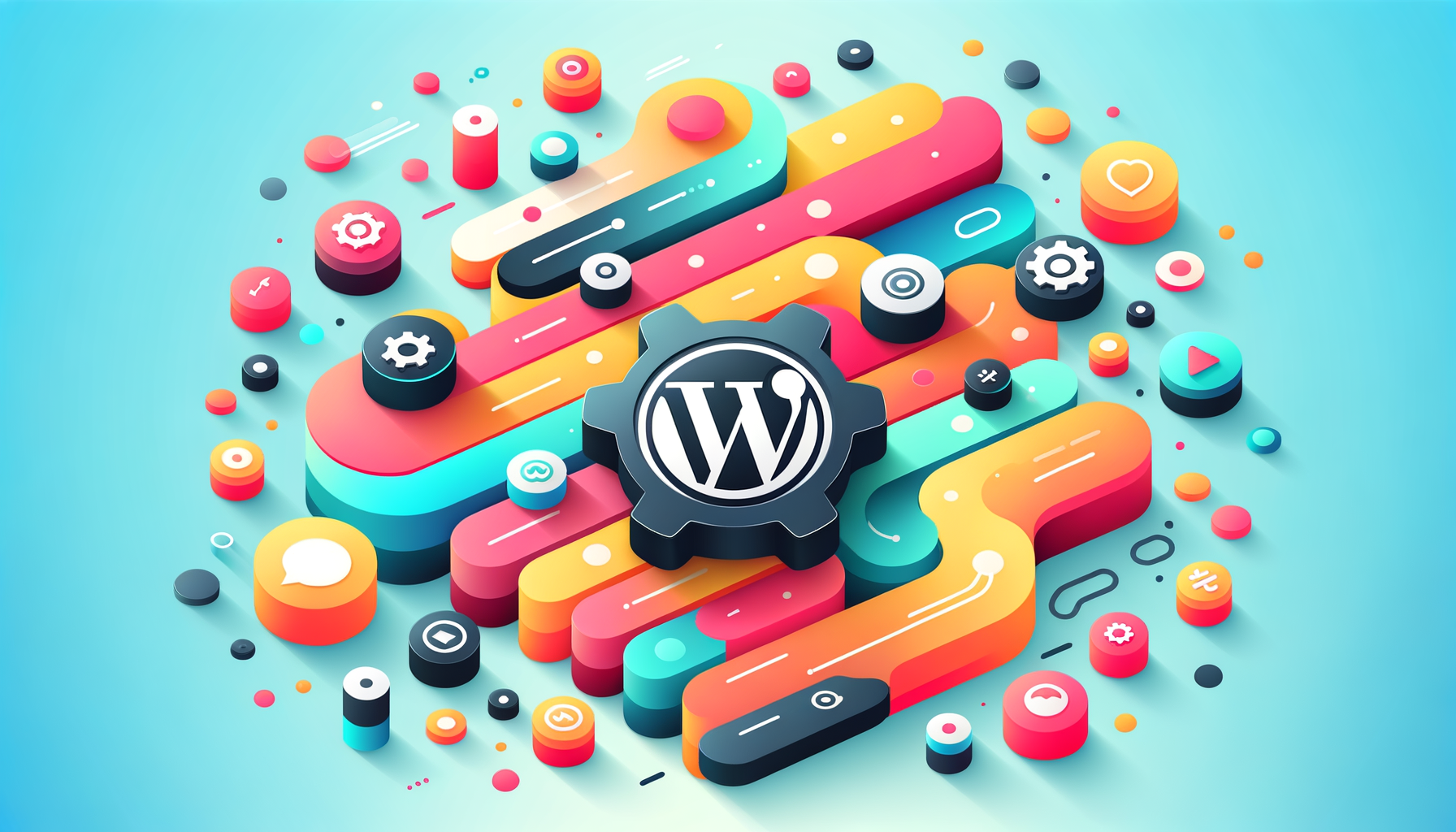
Ensuring Smooth WordPress Operation: The Crucial Role of Maintenance in Managing Plugin Conflicts
Managing a WordPress site can be a complex task, especially when it comes to plugin conflicts. With thousands of plugins available, the potential for compatibility issues is high. In this article, we will delve into the importance of WordPress maintenance in identifying, resolving, and preventing plugin conflicts.
The Importance of Regular Updates
One of the most critical aspects of WordPress maintenance is keeping your site, themes, and plugins up to date. Outdated plugins and themes are a common source of conflicts and security vulnerabilities. Regular updates often include fixes for bugs and compatibility issues, which can prevent conflicts from arising in the first place.
To ensure your site is updated, navigate to the ‘Dashboard’ then ‘Updates’ and install any available updates. It is essential to create a site backup before installing any updates, using tools like UpdraftPlus or Jetpack Backup.
Identifying Plugin Conflicts
When your WordPress site starts acting up, it can be challenging to determine if a plugin conflict is the cause. Here are some steps to help you identify the issue:
Step 1: Deactivate All Plugins
Deactivate all plugins and switch to a default WordPress theme like Twenty Twenty or Twenty Twenty-Four. This will help you determine if the issue is related to a plugin or theme conflict. If the issue resolves after deactivating all plugins, you can reactivate them one by one to identify the problematic plugin.
Step 2: Use Diagnostic Plugins
Plugins like Health Check & Troubleshooting or Plugin Detective are designed to help you identify problematic plugins without affecting your site’s live version. These tools offer a troubleshooting mode that deactivates all plugins for your user session alone, allowing you to activate them one at a time and test the site’s behavior.
Resolving Plugin Conflicts
Once you have identified the conflicting plugin, here are some steps to resolve the issue:
Step 3: Check for Updates
Before removing the plugin, check if there are any updates available. The issue may already be resolved in a newer version of the plugin. Ensure that your WordPress version is also up to date, as compatibility issues can arise between plugins and the WordPress core.
Step 4: Test Theme Compatibility
If updating the plugin does not resolve the issue, test whether the conflict is between the plugin and your theme. Switch to a default WordPress theme and check if the issue persists. If the issue disappears with the default theme, it indicates a theme conflict.
Step 5: Seek Support
If the conflict persists after updating and theme testing, seek support from the plugin developers or WordPress community forums. You can also consider hiring professional help from services like Codeable or StateWP.
Preventative Strategies
Preventing plugin conflicts is often easier than resolving them. Here are some preventative strategies:
Keep Your Browser Cache Clear
Clearing your browser cache can help ensure that you are not seeing outdated code, especially after plugin updates. For Chrome, press ctrl+shift+del and clear cached images and files. For Safari, press option+command+E and select Empty.
Update Plugins Individually
Updating plugins one by one can help you identify which plugin is causing the conflict immediately. Avoid batch updates, as they can make it difficult to pinpoint the problematic plugin.
Use Compatible Plugins
Ensure that your plugins are compatible with your current version of WordPress. Use tools like Check Conflicts by ioannup to identify any compatibility issues.
Case Studies and Real-World Examples
At Belov Digital Agency, we have encountered numerous cases of plugin conflicts. Here is a real-world example:
Case Study: Resolving a Theme-Plugin Conflict
One of our clients experienced a sudden white screen of death on their WordPress site. After deactivating all plugins and switching to a default theme, we identified that the issue was a conflict between a custom theme and a recently updated plugin. By updating the theme to a compatible version and using the Health Check & Troubleshooting plugin, we were able to resolve the issue without affecting the live site.
Hosting and Performance Considerations
The hosting service you use can also impact how you manage plugin conflicts. A reliable hosting service like Kinsta provides tools and support that can help in troubleshooting and resolving conflicts. Kinsta’s staging environment, for example, allows you to test changes without affecting your live site, which is crucial when dealing with plugin conflicts.
Conclusion and Next Steps
Managing plugin conflicts is an integral part of WordPress maintenance. By keeping your site updated, using diagnostic tools, and employing preventative strategies, you can significantly reduce the likelihood of conflicts. If you are experiencing plugin conflicts and need professional help, consider reaching out to Belov Digital Agency for expert assistance.
Remember, maintaining a healthy and conflict-free WordPress site requires ongoing effort and attention. Stay updated, stay vigilant, and ensure your site runs smoothly for your visitors.
For more tips on WordPress maintenance and optimization, check out our other blog posts, such as WordPress Security Tips and WordPress Performance Optimization.













